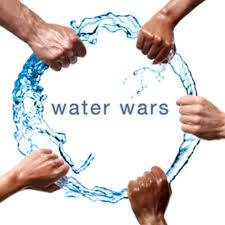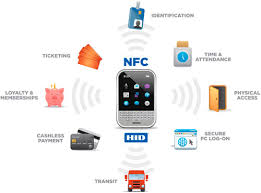Citigroup’s top economist Willem Buitler said that the water market will soon be hotter the oil market
“Water as an asset class will, in my view, become eventually the single most important physical-commodity based asset class, dwarfing oil, copper, agricultural commodities and precious metals.”
In its recent Water Investment Conference, Citigroup has identified top 10 trends in the water sector, as follows:
1. Desalination systems
2. Water reuse technologies
3. Produced water / water utilities
4. Membranes for filtration
5. Ultraviolet (UV) disinfection
6. Ballast-water treatment technologies
7. Forward osmosis used in desalination
8. Water-efficiency technologies and products
9. Point-of-use treatment systems
10. Chinese competitors in water
Specifically, a lucrative opportunity in water is in hydraulic fracturing (or fracking), as it generates massive demand for water and water services. Each oil well developed requires 3 to 5 million gallons of water, and 80% of this water cannot be reused because it’s three to 10 times saltier than seawater. Citigroup recommends water-rights owners sell water to fracking companies instead of to farmers because water for fracking can be sold for as much as $3,000 per acre-foot instead of only $50 per acre/foot to farmers.
The ballast-water treatment sector, currently at $1.35 billion annually, is estimated to reach $30 to $50 billion soon. The water-filtration market is expected to outgrow the water-equipment market: Dow estimates it to be a $5 billion market annually instead of only $1 billion now.
Citigroup is aggressively raising funds for its war chest to participate in the coming tidal wave of infrastructure privatization: in 2007 it established a new unit called Citi Infrastructure Investors through its Citi Alternative Investments unit. According to Reuters, Citigroup “assembled some of the biggest names in the infrastructure business at the same time it is building a $3 billion fund, including $500 million of its own capital. The fund, according to a person familiar with the situation, will have only a handful of outside investors and will be focused on assets in developed markets” (May 16, 2007). Citigroup initially sought only U.S.$3 billion for its first infrastructure fund but was seeking U.S.$5 billion in April 2008 (Bloomberg, April 7, 2008).
Citigroup partnered with HSBC Bank, Prudential, and other minor partners to acquire U.K.’s water utility Kelda (Yorkshire Water) in November 2007. This week, Citigroup signed a 99-year lease with the City of Chicago for Chicago’s Midway Airport (it partnered with John Hancock Life Insurance Company and a Canadian private airport operator). Insiders said that Citigroup is among those bidding for the state-owned company Letiste Praha which operates the Prague Airport in the Czech Republic (Bloomberg, February 7, 2008).


